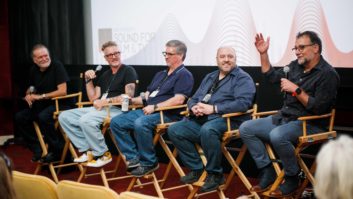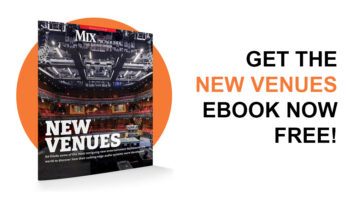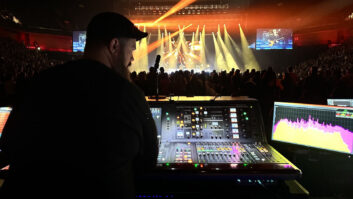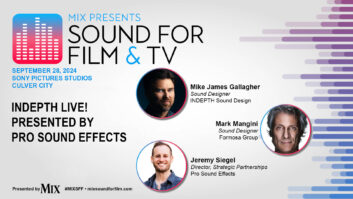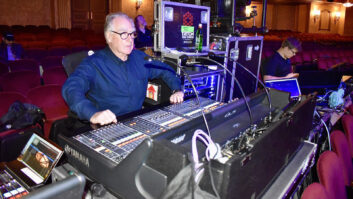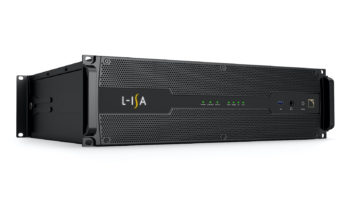The other day I mixed a show on an analog console. That’s a rarity these days because the overwhelming majority of the time I work on digital desks of various shapes and sizes.
Working in the analog domain is a bit of a pain in the arse, especially when I’m pressed for time. I have to manually patch compressors and gates, as well as the outboard gear. I have to program delay and reverb processors with my settings for various delays and the silly effects I need for different songs. Hell, I might even need to crawl behind a desk to fish out some patch cables. Heavens to Murgatroyd, I even had to re-create my VCA, subgroup and mute group assignments from scratch, and switch some of the sends from pre- to post-fader. It’s funny how not too many years ago this was a normal part of the day’s setup and soundcheck—but not so much anymore. Where’s the recall button on this thing?
When the band started their soundcheck, I remembered. Yes, I remembered what I miss about analog desks: the sound. Even on some of the lesser-regarded analog desks, you just crack the HF EQ a bit, and it sounds like, like… well like it’s supposed to sound. You can get that from a digital desk or plug-in, but it takes so much work. I’m not looking through the time portal with misty glasses. There’s no doubt that digital desks crush analog desks when it comes to configurability, processing abilities and recall-ability, but we’ve yet to unlock that thing about an analog mixing desk that makes it so musical.
Read More Mix Blog Live: You Ain’t Got It If You Ain’t Got It in a Lotta Places
I live in New York so winters can be cold, and I don’t do particularly well in the cold. When the temperature starts to drop in late November and December, my body does this thing, this tensing up against the cold. This becomes the norm for the way I feel, and it usually lasts until Apri, when, with the first day of temperatures around 60 degrees, my body completely relaxes after having battled the cold for five months. My back and neck muscles decompress and I realize that this tension is not the norm. That’s how I feel when I mix on an analog console. True, there are other components in the signal path—microphones, system processors and, of course, loudspeakers—but the mixing console remains the hub for all audio routed in and out of a P.A. system. There are plug-ins and other digital tools to make our mixes sound better (translation: “more analog”), but why does this need to be fixed? Why isn’t it right, from the get-go?
We’ve taken for granted that the sound of digital is the sound of audio, and I’m sorry, but it’s not. You can argue that a digital path is more accurate and generates less noise, all of which may be true. And there’s no denying the convenience of having a show file that loads in seconds and brings you halfway to a decent mix—but there’s still a lot of work to be done regarding the sound quality of digital mixing consoles. It’s beyond my technical ability to recommend what to do and how to do it (perhaps higher sample rates?). I’ll leave that to the propeller heads. But there’s no doubt that digital audio still has a long way to go.
